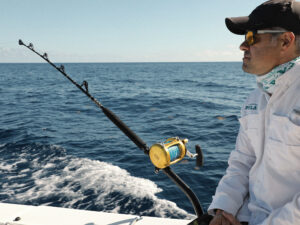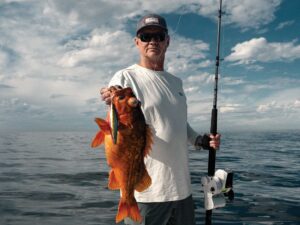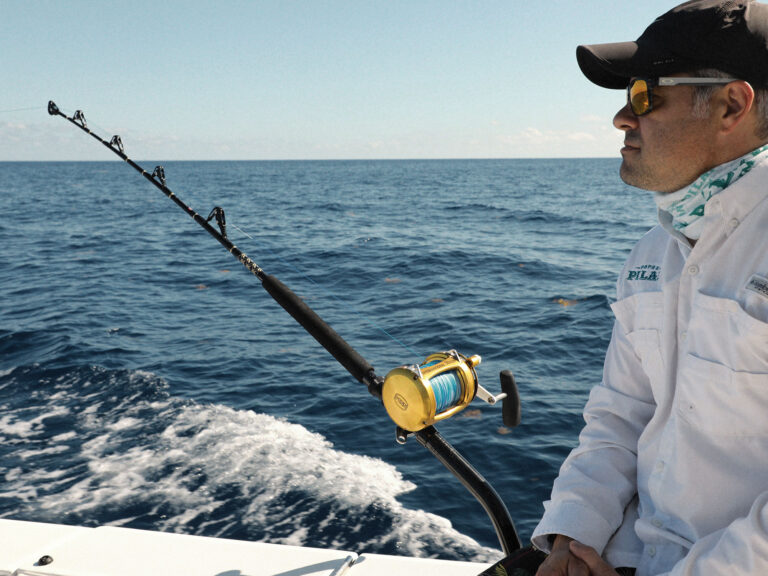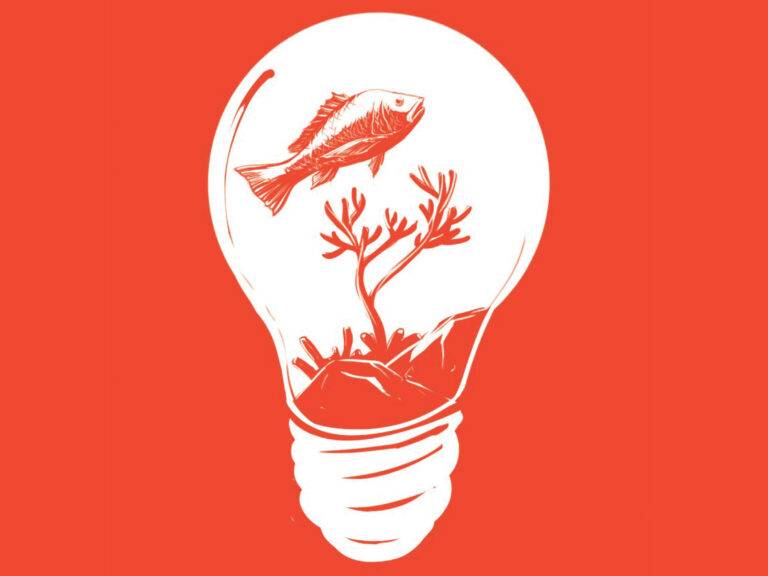
When I was little, I was fortunate enough to visit Andros Island. It was 1973, and the Bahamas had just gained independence from Britain. This skinny Canadian kid was being pushed outside his comfort zone; this was my first big trip anywhere, and Andros was so not like home. The environment was also vastly different than the temperate climate and fresh waters of Southern Ontario. Thanks to my dad, it was the first time I put a mask on my face to see and experience the marine systems of the Bahamas Bank, and I was truly in awe of everything I saw. The impression this had on me was immense, and it has been a considerable part of my internal compass moving forward.
Study Abroad
Several decades later I landed back in the Bahamian Archipelago, first on South Caicos in the Turks and Caicos Islands, and then a few years later on Eleuthera in the Bahamas. This was a time when my horizons as a scientist had broadened quite a bit, as did the perspectives I had about fisheries conservation and management. I had just learned about all the challenges and failures in fisheries management back home, and how reactive our models for conservation and management have traditionally been during my undergraduate and graduate degrees. At the time, I was also broadening my horizons as an angler.
With my academic hat on, I spent a great deal of time pondering the role that fishing could play in the sustainable development of local communities and in emerging economies. I wanted to understand if recreational fishing could work together with broader conservation, management and development efforts.
Since many of these places offer a “new frontier” to anglers through the allure of species like bonefish, giant trevally, roosterfish and striped marlin, the inclusion of recreational fishing as a part of sustainable tourism and ecotourism, if done right, could help create alternatives to more destructive uses of natural resources.
In some cases, recreational fisheries have already started in these places; in others, exploration is occurring to examine new experiences for anglers and opportunities for sustainable economic growth.
A challenge with this direction, however, is that many of the species targeted by anglers in these new frontiers are understudied and data-deficient, meaning not enough information exists to assess their conservation status. This also holds true for understanding the essential habitats needed by these species for their populations to thrive. While this doesn’t mean the idea of developing recreational fisheries should be clawed back, precaution is needed.
A holistic framework that includes the connections between the target species, their ecosystems, and the communities and cultures that have the rights to their home waters and natural resources is also needed.
Proceeding without checks and balances could result in reactive measures, much like what has plagued resource and fisheries management in developed parts of the world for decades.
Plan for the Future
Many governments and communities developing recreational fisheries default to catch-and-release as an option for controlling impacts. In many ways it makes sense because each fish released can be caught again another day and contribute to the future of the population. In fact, when moving to the Bahamian Archipelago, the focus of a lot of my research shifted to assessing how recreationally targeted fish respond to capture and handling, as well as recreational fisheries in general.
Many other scientists are increasingly focusing on recreational fisheries, first because of the recognition that fishing could cause impacts (see my previous Conservation column on the subject at saltwatersportsman.com), and second because of the opportunity to be more proactive with how they are managed and conserved.
Catch-and-release can contribute to conservation and management efforts, whether done because of regulations or voluntarily. Either way, letting fish go makes good sense, especially in emerging recreational fisheries or for data-deficient species.
This doesn’t mean that some fish in these populations cannot or should not be harvested, but rather that the recreational fishery might have much less of a negative impact on the fish population and proportionally a more positive impact on sustaining the local economy.
Of course, there is a lot that goes into how fish are caught and released, which is why using science-based best practices, like those conveyed by Keep Fish Wet (keepfishwet.org) are important and need to be embraced as recreational fisheries develop.
Another form of conservation used in new frontiers are marine protected areas (MPAs). While not without controversy, these can help protect species as well as habitats.
In many ways, protected areas are easier to enforce than other conservation or fishery management tools, and there can be compatibility between MPAs and recreational fishing, especially when catch-and-release is allowed and its impacts minimized, and the recreational fishing sector is included in the planning process of protected areas.
Read Next: The Importance of Grassroots Efforts to Recreational Fisheries Management
As recreational fisheries develop, promoting adequate monitoring is also essential. Knowing how many anglers are participating, what their catch rates are, and what species and sizes are being caught across seasons can aid in understanding trends in effort and lead to proactive measures if changes are noticed.
Quantifying participation, how much is being contributed to the economy, and how recreational angling is perceived by the community is also helpful for gauging the contribution of recreational angling to the economy and society.
Such efforts don’t have to be expensive and are a part of a holistic approach to look more fairly at the costs and benefits of recreational angling.
In marine and even freshwater systems in developing parts of the world, recreational fishing has the potential to be an important part of the “blue economy.” If done with precaution and the rights of the local communities in mind, there is the potential for recreational fishing to be a catalyst for the conservation of fish and the environment, the preservation of culture and heritage, and to contribute to sustainable economic growth.









